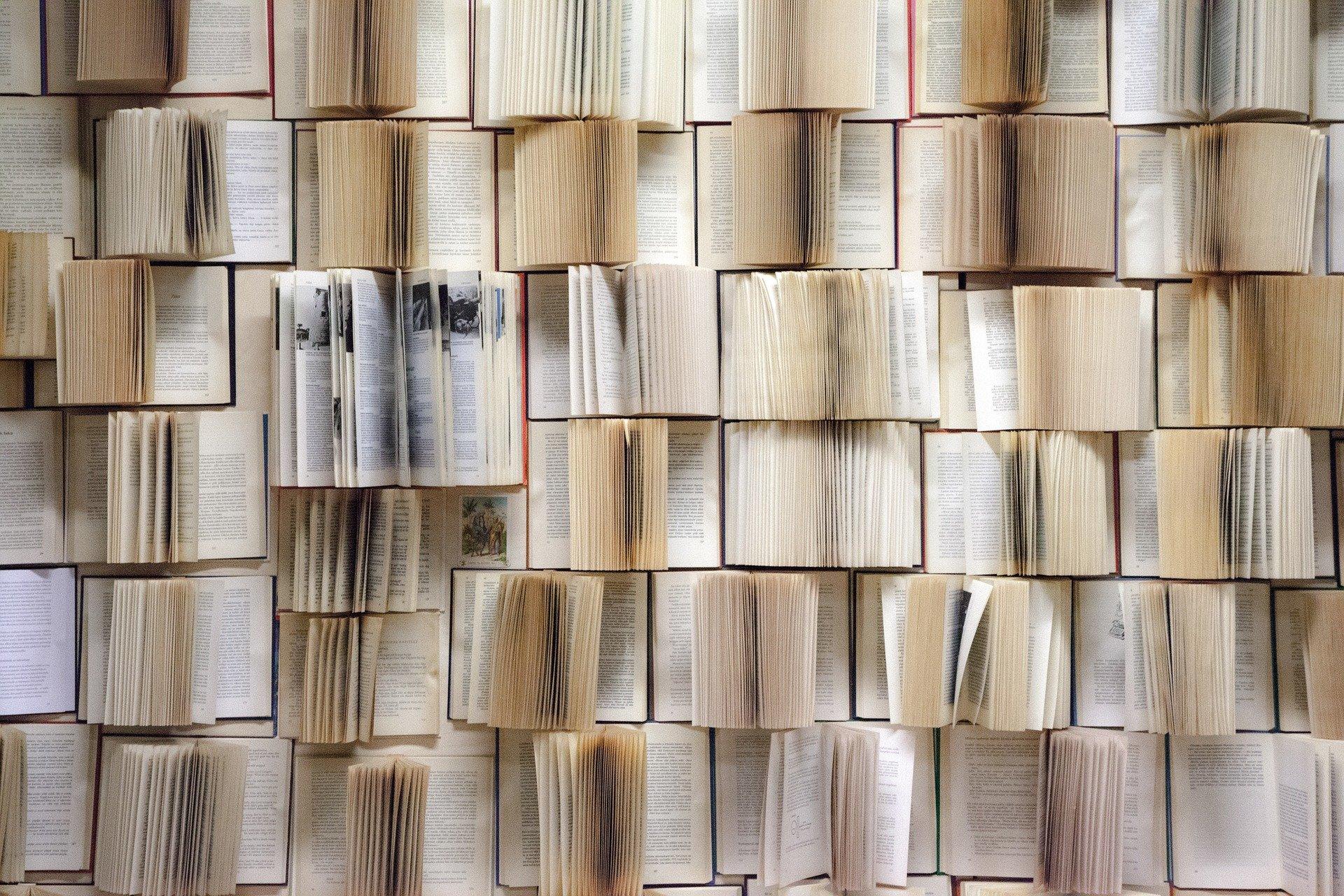
EquipEx+
Biblissima+: a digital and multipolar research infrastructure
Winner of the call for expressions of interest "structuring equipment for research" - ESR / EquipEx+ in 2020, the Biblissima+ digital infrastructure, supported by the Campus Condorcet, is coordinated by Anne-Marie Turcan-Verkerk, Director of Studies at the EPHE-PSL.
The project is led and supported by 17 institutions and their research teams: the Campus Condorcet – the CNRS – the PSL University with the EPHE , the École Nationale des Chartes and the École Normale Supérieure – the EHESS – the ENS of Lyon – the National Museum of Natural History – the Inter Ministerial Service of French Archives – the University of Avignon – the University of Caen – the University Lumière Lyon 2 – the University Jean Moulin Lyon 3 – the University of Poitiers – the University of Tours – the company TEKLIA.
Biblissima+, "Observatory of Ancient Written Cultures, from Clay to Print", is a multipolar digital infrastructure for fundamental research and service dedicated to the history of the transmission of ancient texts, from the first Mesopotamian clay tablets 3,000 years ago, to the first printed books, regardless of media and language. Biblissima+ applies to every heritage collection transmitting ancient texts, including archaeological sources, seals and coins, but also the archives of modern scholars and contemporary researchers who describe and analyze these documents. Biblissima+ is developed in coherence with ILARA, the Institute of Rare Languages of the EPHE-PSL, and follows on from the Biblissima team (2012-2021).
Biblissima+, a digital and multipolar research infrastructure
Biblissima+ creates a national portal that opens onto an interoperability of heterogeneous digital resources that is totally open source and offers an exceptional working environment with cutting-edge digital toolchains to enrich, share and reuse corpora according to the principles of open science.
Developing the main building blocks of the infrastructure (scientific resources and innovative tools), the partner teams form centers of expertise on a national scale, whether in different regions (Aubervilliers, Pierrefitte, Caen, Lyon-Avignon, Orléans, Poitiers, Tours) or in Paris.
The building blocks proposed by the competence centers have made it possible to identify 7 major fields at the cutting edge of innovation; these form in turn 7 clusters bringing together researchers, curators and engineers, and organized according to the research cycle, from the material approach of the document to the in-depth study of the text.
These clusters structure communities. They produce, organize and pool tools, reducing redundancies, and promoting inventions and their reuse.
- Cluster 1: acquisition of corpora of interoperable sources (2D and 2D images).
- Cluster 2: Consideration and searchability of materials analysis data.
- Cluster 3: artificial intelligence, pattern and handwriting recognition.
- Cluster 4: In-depth processing of graphical systems and document analysis.
- Cluster 5: editing of sources according to the EpiDoc (for epigraphy: cluster 5a) and TEI (for the different textual typologies: cluster 5b) standards.
- Cluster 6: Musical Heritage Challenges and MEI.
- Cluster 7: Interoperability and text analysis.
The Biblissima+ team coordinates the dialogue between clusters and the linking of tools, as close as possible to the users and ensures the interoperability of the results. A simplified Biblissima+ portal makes it possible to build datasets, and to bounce back to the galaxy of tools. A system of calls for projects open to all, designed to produce new interoperable datasets and new tools, makes it possible to gradually integrate new data and new communities. Some of these calls for projects are international.